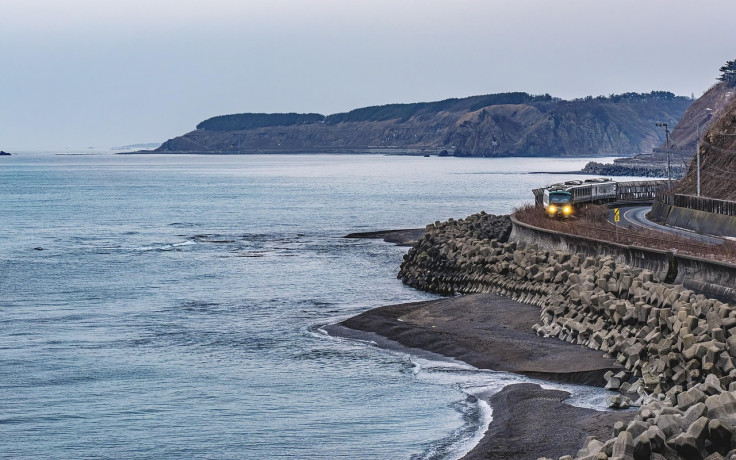Dormant Volcano Hayli Gubbi Erruption: Experts Weigh In on 'Sign' That Pacific Ring of Fire May Be Awakening

KEY POINTS
- Hayli Gubbi produced its first recorded eruption, sending ash up to 45,000ft toward Arabia
- The volcano sits near the Afar Rift, one of the most active tectonic zones on Earth
- Though an unusual phenomenon, experts say it is not evidence that the Pacific 'Ring of Fire' is 'waking up'
A volcano in northeastern Ethiopia erupted explosively for the first time in thousands of years, sending ash as high as 45,000ft (13.7km) and drifting across Yemen and Oman. The event has triggered a wave of speculation online that a new geological era may be emerging — with social media users asking whether the Pacific 'Ring of Fire' is coming back to life.
The Hayli Gubbi volcano, located southeast of the Erta Ale range, began erupting at around 8:30am local time on 23 November, according to the Toulouse Volcanic Ash Advisory Center (VAAC). The eruption produced a plume reaching up to 45,000ft (13.7km), with ash predicted to disperse toward Yemen, Oman, the Arabian Sea and parts of Iran, Pakistan and India.
Satellite images also revealed a large sulphur dioxide plume, confirming that explosive activity had taken place. Experts note that the eruption was detected and reported through remote monitoring due to the volcano's isolated location in the Danakil desert.
VAAC Toulouse later confirmed that eruptive activity diminished by 24 November, noting that the ash plume had reached heights of around 20,000ft (6,100m) before subsiding.
Does the Eruption Signal a 'Ring of Fire' Awakening?
Despite rising global curiosity, Earth scientists stress that Hayli Gubbi is not connected to the Pacific 'Ring of Fire' — a geologically active zone surrounding the Pacific Ocean where 75% of the world's active volcanoes are found.

The Ethiopian eruption occurred in the East African Rift, where continental plates are pulling apart — a divergent boundary — rather than in the subduction zones that fuel most Ring of Fire eruptions. The region is geologically active, but not part of the circular volcanic chain bordering the Pacific.
Even though multiple global volcanoes erupt every year, the United States Geological Survey (USGS) states that there is no scientific evidence that one eruption can trigger distant volcanoes, especially those thousands of miles away on separate tectonic systems.
Why This Eruption Sparked Worldwide Attention
While not linked to a broader global pattern, the eruption is scientifically significant. According to volcanologists, there is no known eruption of Hayli Gubbi in at least 10,000 years, suggesting an exceptionally long dormancy period.
The event also reinforces why satellite monitoring is critical for remote volcanoes, especially those near major flight routes — ash clouds at 45,000ft reach commercial and military airspace, posing risks to aircraft engines. As airborne ash melts into glass-like particles inside turbines, it can cause engine failure, grounding flights and disrupting regional transport. That is why volcanic observatories issue rapid alerts, even in hard-to-access regions such as the Danakil desert.

For now, Hayli Gubbi is not expected to spark a chain reaction, nor does it signal a global volcanic revival. But for geologists, it offers a rare window into one of Earth's most hostile and poorly studied volcanic landscapes.
And as for the public, it is yet another reminder that while humans may feel distant from geology — the planet underneath our feet, the restless system driven by forces that have shaped continents, altered climates and rewritten human history — is anything but dormant.
© Copyright IBTimes 2025. All rights reserved.




















